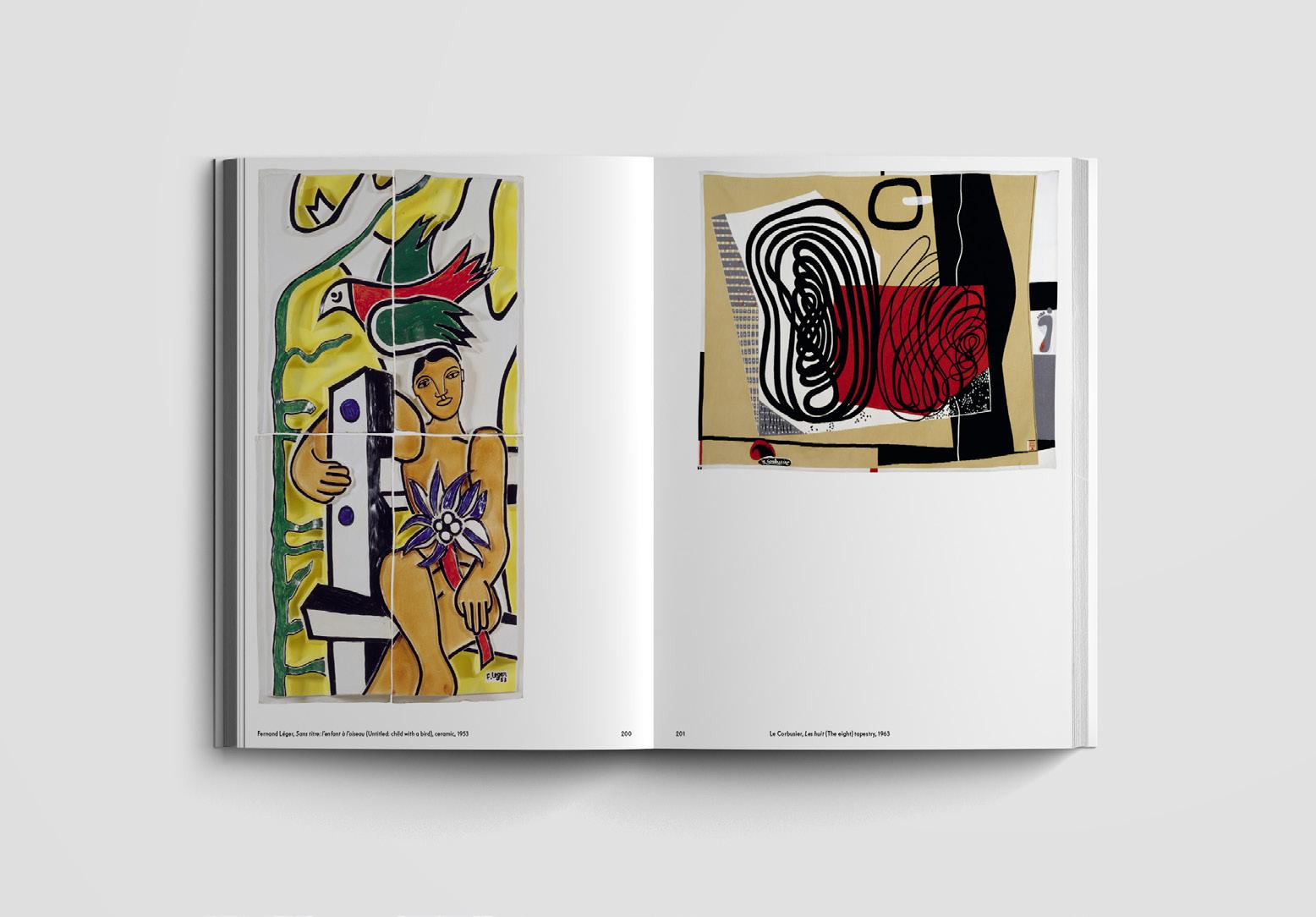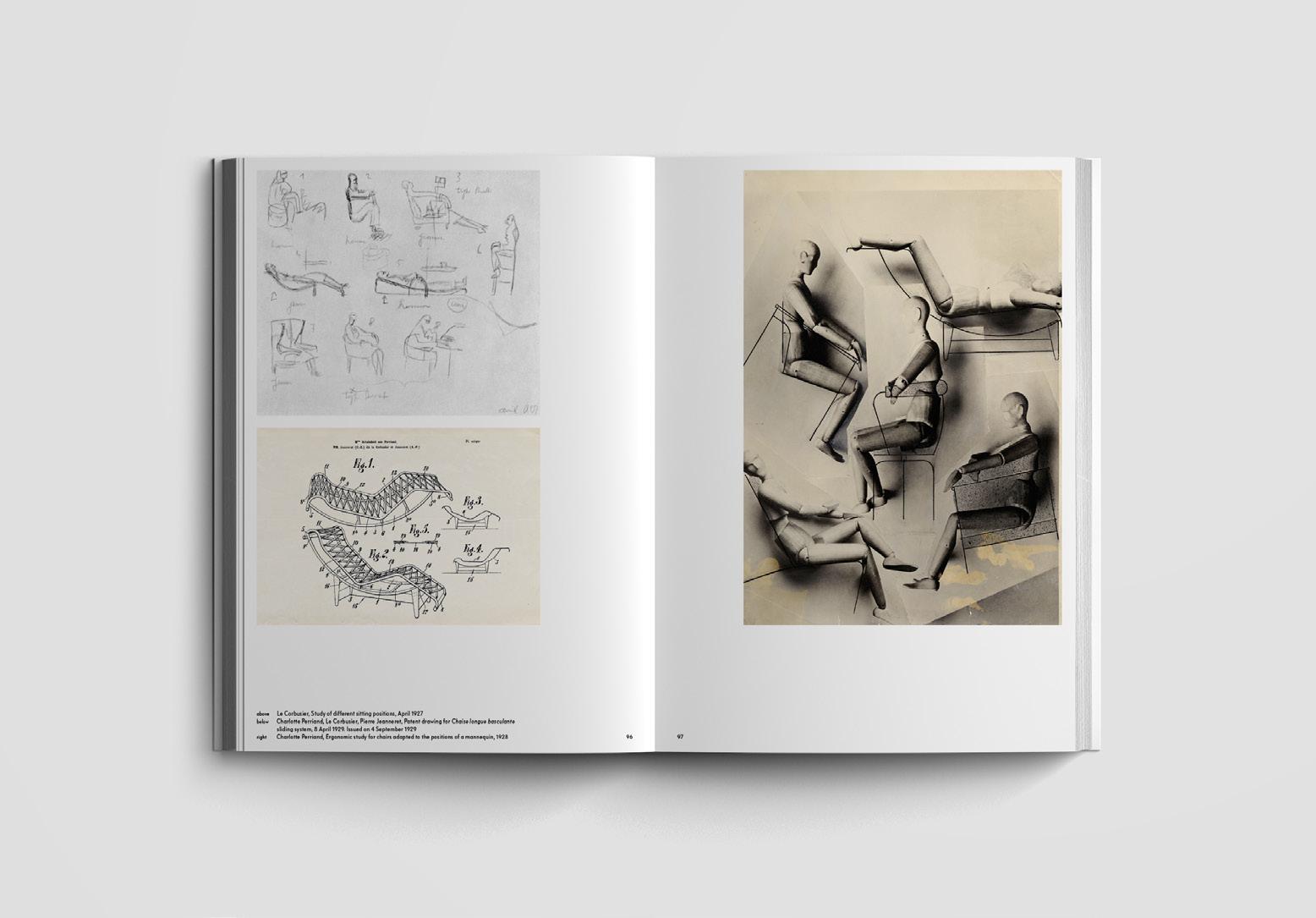
3 minute read
Football: Designing the Beautiful Game
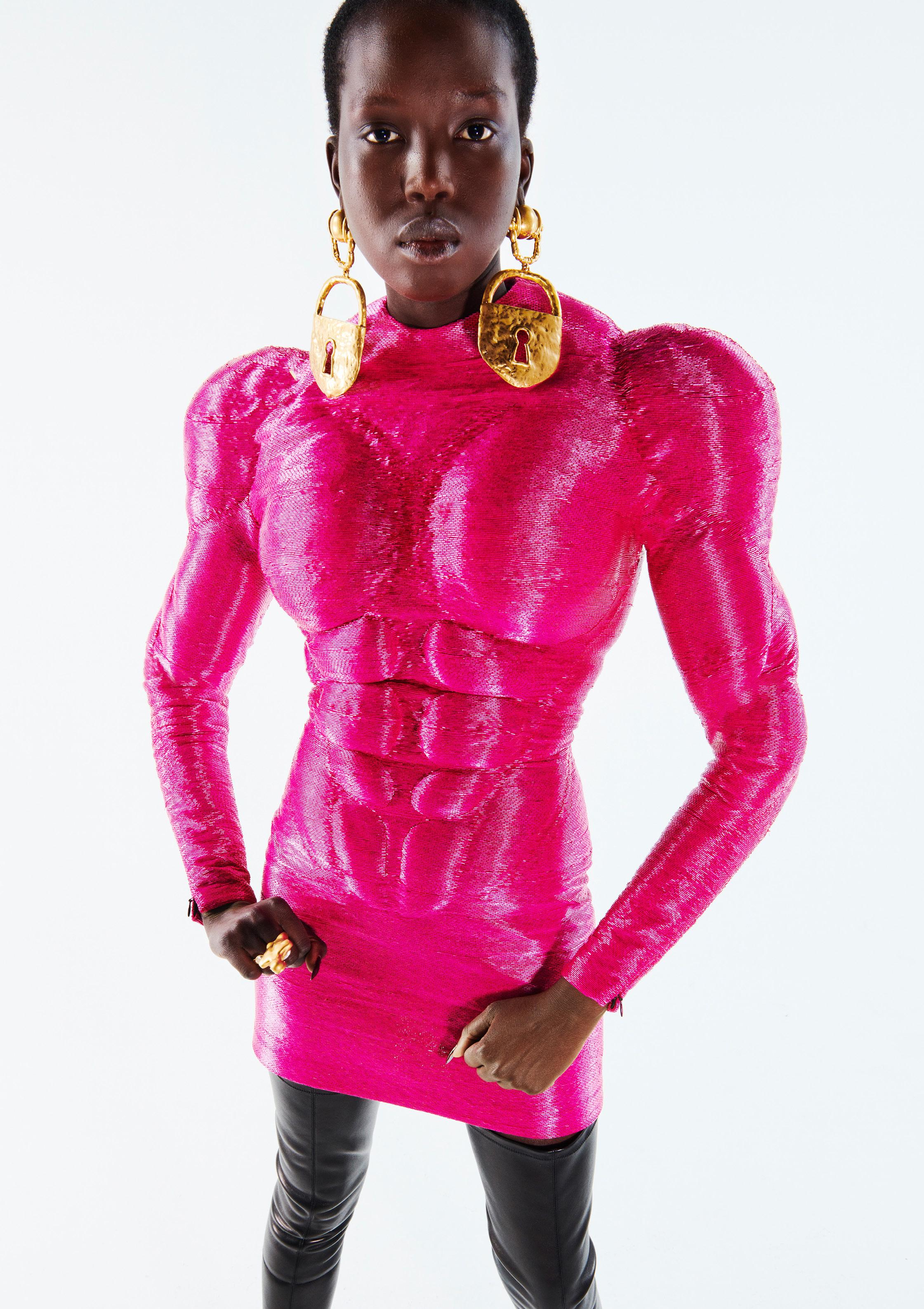
FEATURES One of the few books that explores the enduring impact of Surrealism on contemporary design, from Mary Katrantzou’s innovative pattern and fashion designs to Ricky Saiz’s Afro-surrealist music video for Beyoncé and Jay-Z.
Featuring commissioned essays by leading writers in the field, such as Glenn Adamson and Susanna Brown, and interviews with cutting-edge designers, artists and photographers, such as Tim Walker and Audrey Large.
Taking inspiration from the Vitra Design Museum’s Objects of Desire exhibition catalogue, this book will feature new objects and exhibits which will be exclusively shown at the Design Museum.
EXHIBITION
the Design Museum
14 October 2022 –19 February 2023
Kathryn Johnson is a curator at the Design Museum, London.
October 2022 Softcover | Worldwide rights £24.95 | $35.00 978-1-872005-62-1

Surrealism and Design Now: From Dali to AI
Edited by Kathryn Johnson
This autumn, the Objects of Desire exhibition will be held at the Design Museum in London, and to accompany our rendition of the Vitra Design Museum show, the Design Museum will publish Surrealism and Design Now: From Dali to AI. This book will focus on key themes and objects from the exhibition and expand upon them and will also contain new objects and exhibits that are specific to the exhibition at the Design Museum. The book will be divided into five thematic chapters, each taking a notable object from the exhibition as its starting point. Commissioned essays by renowned writers, including Glenn Adamson and Susanna Brown, will introduce each object and theme, followed by a richly illustrated series of plates featuring highlights from the London show. Each chapter will conclude with interviews with a diverse range of designers and artists, from Tim Walker to Audrey Large, showing Surrealism’s enduring legacy and impact on contemporary design.

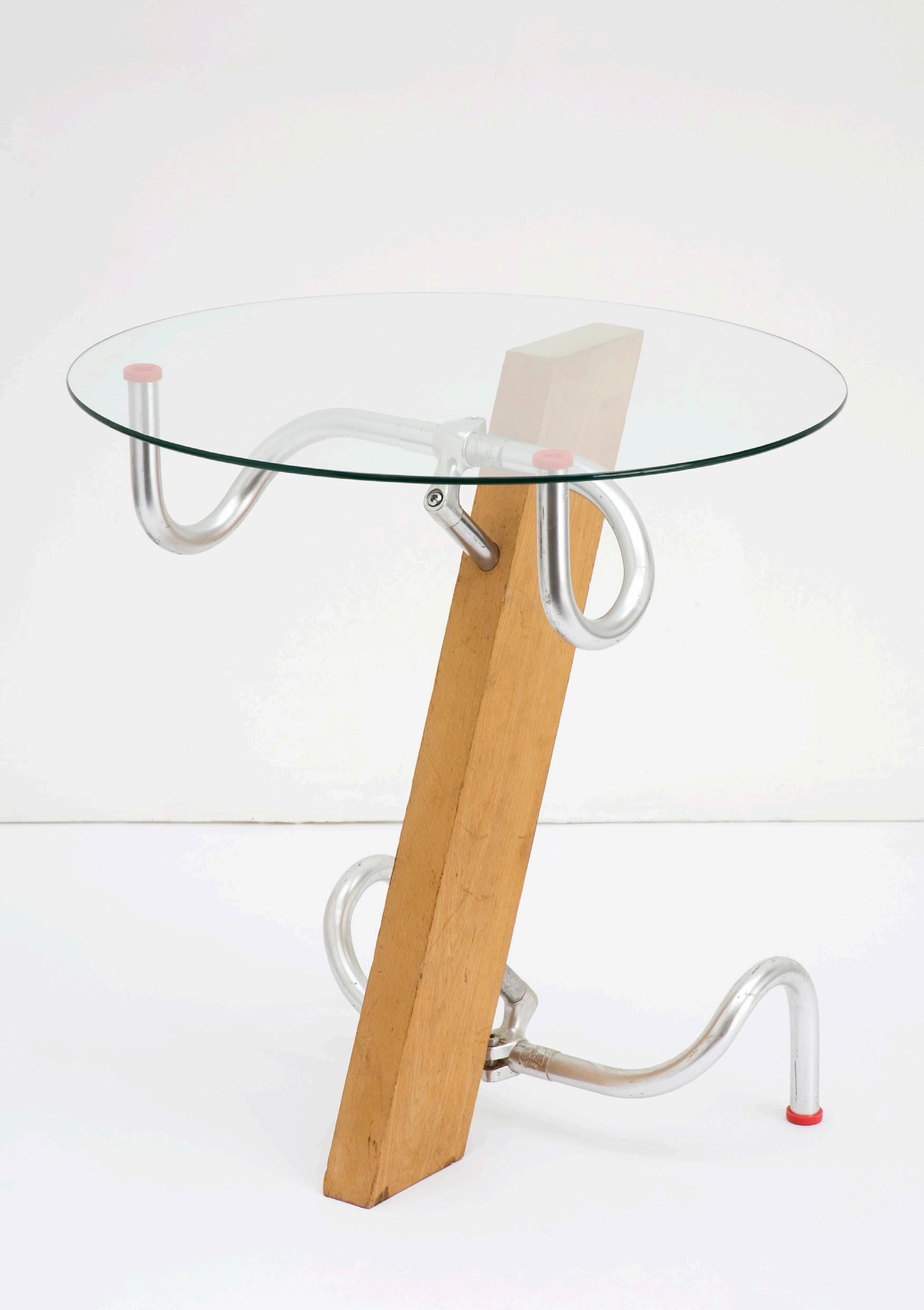

1. Dorothea Tanning, Pincushion to Serve as
Fetish, 1979 2. Front, Sketch Chair, AP 2, 2005 3. Right, Jasper Morrison, Handlebar table, 1981 4. Next page, Jonathan Trayte, The Dream, 2020 FEATURED RELEASES | 15



FEATURES A long-awaited survey on Charlotte Perriand, pioneer of European modernism and one of the most influential architects and furniture designers of the twentieth century.
Lavishly illustrated, it features Perriand’s most famous interiors, original furniture, architectural projects as well as her neverbefore-seen sketchbooks, shedding new light on her creative process and place in design history.
With newly commissioned essays, it explores Perriand’s journey from Le Corbusier’s workshop to her works in Tokyo, Rio and London, from the machine aesthetic to her adoption of natural forms, and from modular furniture systems to major architectural projects.
Justin McGuirk is Chief Curator at the Design Museum and the founder of Design Curating & Writing at Design Academy Eindhoven. He has been the director of Strelka Press, the design critic of The Guardian, and the editor of Icon magazine.
June 2021 248 x 190mm 288pp 200 colour illustrations Hardcover | Worldwide rights £24.95 | $34.95 978-1-872005-52-2
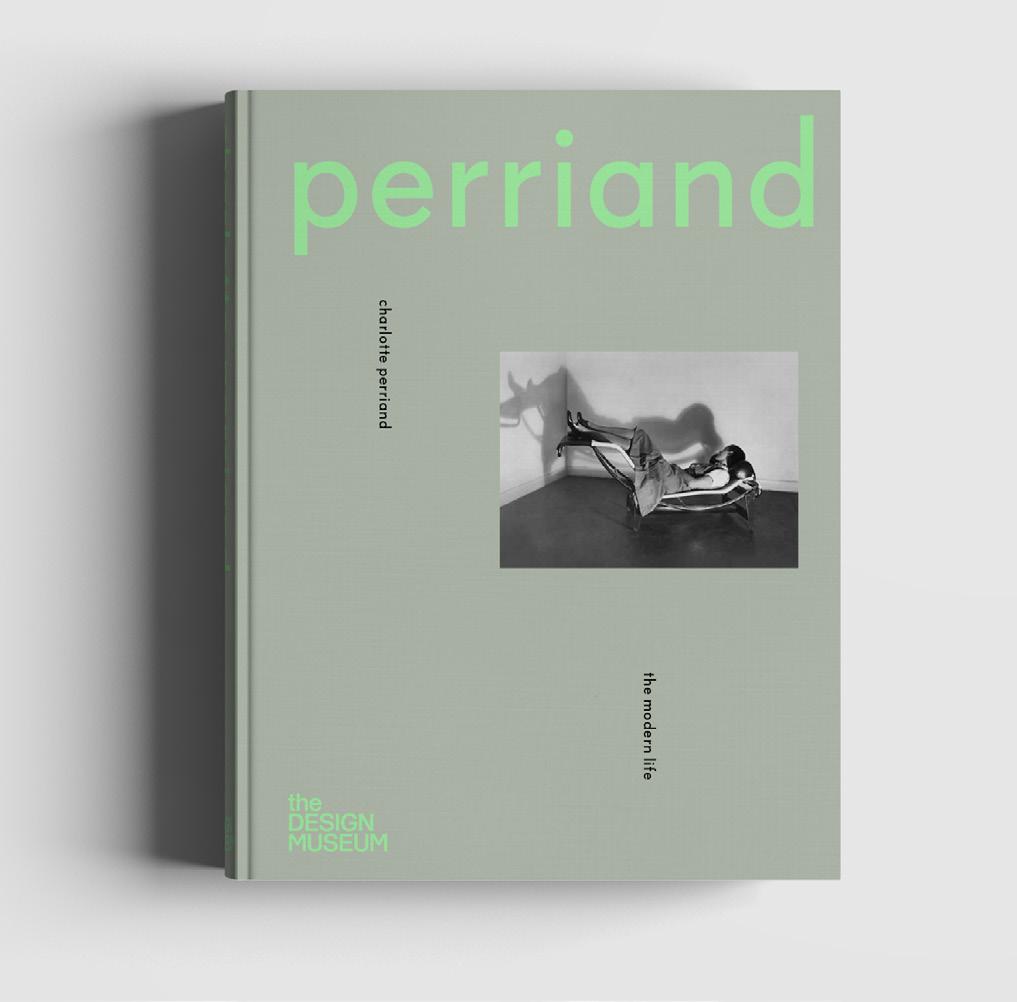
Charlotte Perriand: The Modern Life
Edited by Justin McGuirk
Charlotte Perriand was one of great designers of the twentieth century. A pioneer of modernism, her work was often overshadowed by her more famous male collaborators, who included Le Corbusier, Pierre Jeanneret and Jean Prouvé. However, in recent years her reputation as a furniture designer and architect has matched the stature of her peers – her furniture in particular has become highly prized by collectors. From the 1920s onwards, Perriand was instrumental in bringing the modernist aesthetic to interiors. But she also believed in the synthesis of the arts, and was friends with visual artists such as Pablo Picasso and Fernand Léger. This book explores Perriand’s journey from the machine aesthetic to her adoption of natural forms, and from modular furniture systems to major architectural projects such as Les Arcs ski resort. Featuring some of her most famous interiors, as well as her original furniture, her photography and her personal notebooks, this book sheds new light on Perriand’s creative process and her place in design history.

